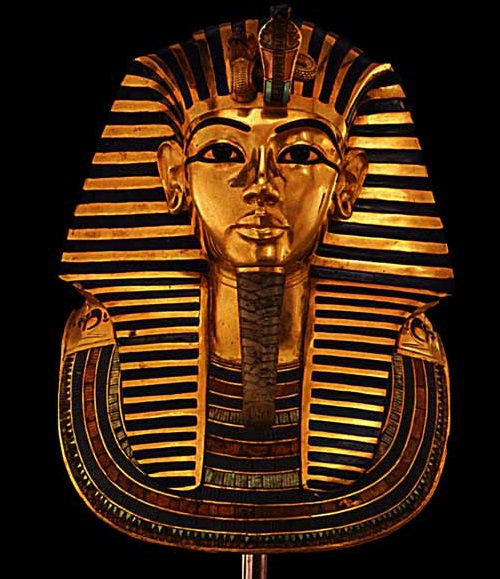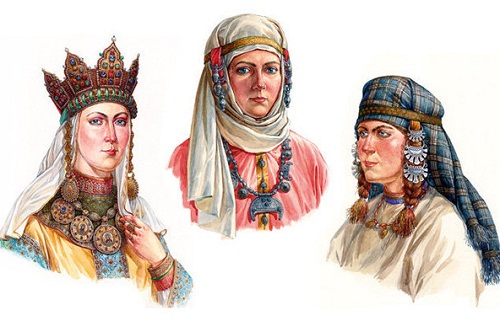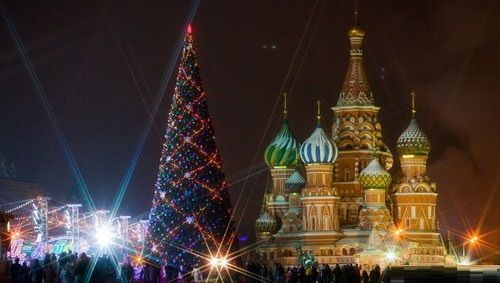The Kremlin Armoury treasures
The Kremlin Armoury treasures
Nearly five centuries have passed since The Kremlin Armoury treasures have been founded as the royal arsenal in 1508. A century earlier, the treasury items were already stored in the basements of Kremlin palaces and cathedrals. Until the transfer of the court to St Petersburg, the Armoury was in charge of producing, purchasing and storing decorations, tableware of precious metals, church vessels, clothes of beautiful fabrics, expensive weaponry, jewellery. The best Moscow gunsmiths worked there. In 1640 and 1683, the iconography and pictorial studios were opened. In 1700, the Armoury was enriched with the treasures of the Golden and Silver chambers of the Russian tsars. By the end of the XV century, Moscow became the center of a highly artistic crafts, when Moscow court employed an enormous Russian and foreign artists. Their works of art and jewelry were included in the Armory. Numerous embassies victuals brought to Moscow elegant gifts: silver cups, precious fabrics, pearls, military equipment. During the reign of Ivan III princely treasury had grown enormously. In 1711, Peter the Great had the majority of masters transferred to the new capital, St.Petersburg.
Alexander I of Russia nominated the Armoury as the first public museum in Moscow in 1806, but the collections were opened to the public only seven years later. The current Armoury building was erected in 1844-1851 by the imperial architect Konstantin Ton. The director of the museum from 1852 to 1870 was the writer Alexander Veltman. After the Bolshevik Revolution, the Armoury collection was enriched with treasures taken from the Patriarch sacristy, Kremlin cathedrals, monasteries and private collections. Some of these were sold abroad on behest of Joseph Stalin in the 1930s. In 1960, the Armoury became the official museum of the Kremlin. The Kremlin Armoury is home to the Russian Diamond Fund. It has unique collections of the Russian, Western European and Eastern applied arts of the period from the 5th to the 20th centuries.
Most famous – the Imperial Crown of Russia, Monomakh Cap, the ivory throne of Ivan the Terrible, the Orloff Diamond; the helmet of Yaroslav II; the sabres of Kuzma Minin and Dmitri Pozharski; the 12-century necklaces from Ryazan; golden and silver tableware; articles, decorated with enamel, niello and engravings; embroidery with gold and pearls; imperial carriages, weapons, armor, and the Memory of Azov, Bouquet of Lilies Clock, Trans-Siberian Railway, Clover Leaf, Moscow Kremlin, Alexander Palace, Standart Yacht, Alexander III Equestrian, Romanov Tercentenary, Steel Military Faberge eggs. The ten Faberge eggs in the Armoury collection (all Imperial eggs) are the most Imperial eggs, and the second-most overall Faberge eggs, owned by a single owner.
The Armoury stores ancient state regalia, ceremonial clothing and royal coronation dress, vestments of bishops of the Russian Orthodox Church, the largest collection of gold and silverware by Russian craftsmen, West European artistic silver, ancient arms skill, assembly crews ceremonial horse harness.
The Kremlin Armoury treasures

Tsata with three pendants. Late 14th – early 15th century. Gold, sapphires, emeralds, tourmaline, almandine, pearl, chasing, filigree
armoury-chamber.kreml.ru












































